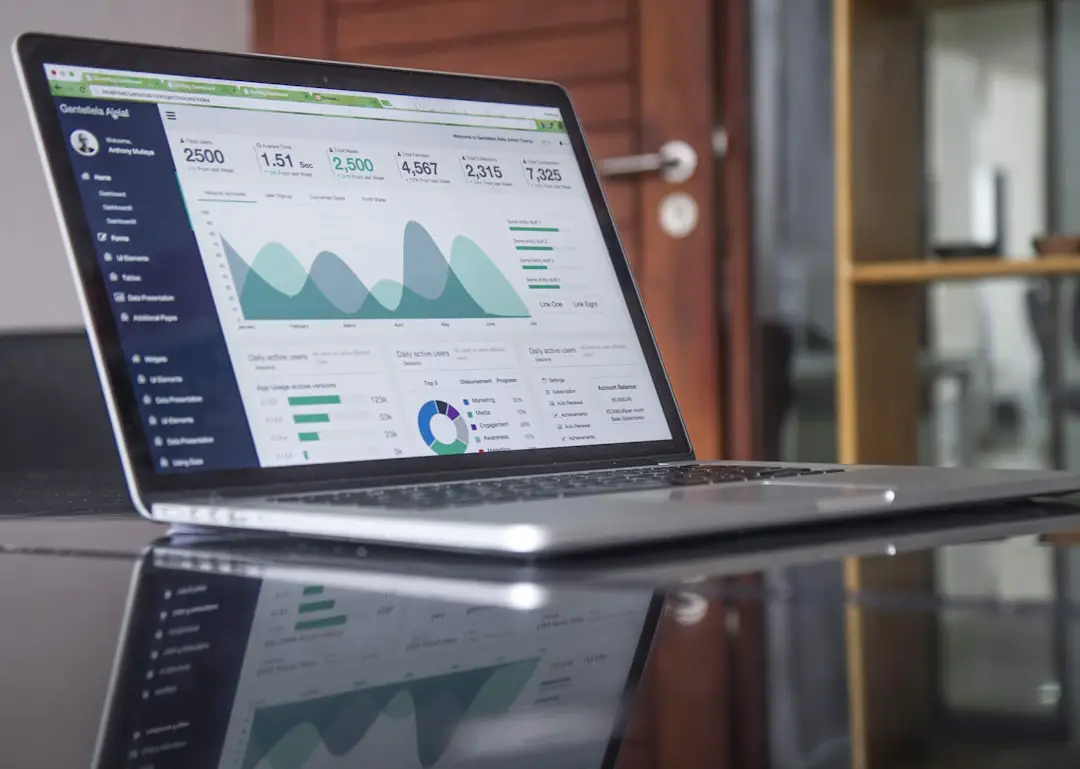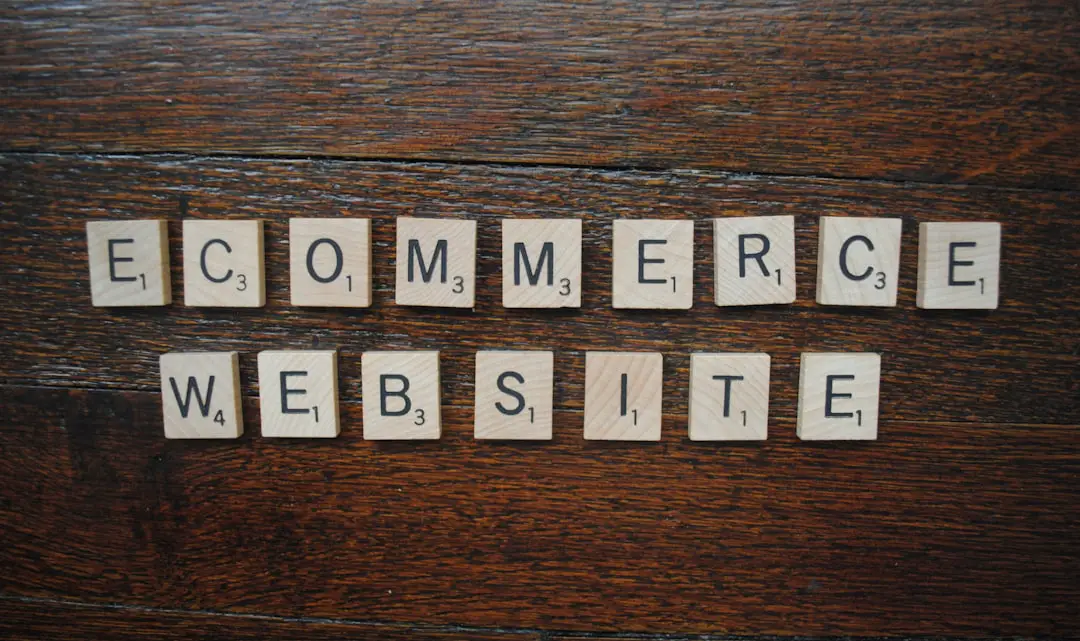In today’s rapidly evolving real estate market, property managers must harness technology to effectively oversee apartment communities. Apartment property management software streamlines daily operations, boosts tenant satisfaction, and maximizes operational efficiency. However, choosing the right software platform is not a one-size-fits-all decision. It requires a clear understanding of your property’s needs, budget, and long-term goals.
Main Features to Look for in Apartment Property Management Software
The core functionalities of property management software should address the demands of both tenants and managers. Here are the essential features to prioritize:
- Tenant and Lease Tracking: Keep detailed records of all tenants, lease terms, and renewal dates with automated alerts.
- Online Rent Collection: A secure portal for tenants to pay rent using credit cards, bank transfers, or recurring payments is essential in the digital age.
- Maintenance Management: Enables residents to submit maintenance requests and allows staff to track and resolve issues efficiently.
- Communication Tools: A built-in messaging system promotes clear communication between management and residents.
- Financial Reporting and Accounting: Automates budgeting, forecasting, and income/expense reporting with integration to accounting platforms.
- Mobile Accessibility: Ensure the software has a responsive design or a dedicated mobile app for remote access to key features.
Having these features will not only make your job easier but also improve tenant retention through a more responsive and professional service experience.

Evaluating Your Options
With dozens of platforms available, narrowing down the best tool for your apartment property should include a multi-step evaluation:
- Assess Your Property Portfolio: The volume and types of units you manage—including residential, commercial, or mixed-use—will determine whether you need an enterprise-level solution or a simpler, cost-effective platform.
- Read User Reviews and Case Studies: Real-world insights, available through comparison platforms or the vendor’s own website, reveal how other managers in similar scenarios benefit from the software.
- Request Live Demonstrations: An interactive demo helps you judge the software’s user interface, ease of use, and adaptability to your business process.
- Evaluate Customer Support: Check for 24/7 availability, training resources, live chat, and the presence of an onboarding specialist for new clients.
- Honestly Evaluate Pricing Models: Some tools charge per unit, others per user, and some offer tiered feature packages. Make sure you compare costs while keeping your long-term scaling in mind.
By taking time to assess and compare software solutions methodically, you reduce the likelihood of transitioning to a tool that doesn’t meet your needs down the line.

Implementation and Integration Tips
Once you’ve selected a property management software, the real work begins: seamless implementation. Here are best practices to ensure a smooth transition:
- Prepare Your Team: Involve your staff early in the process by providing training workshops and access to training videos. Their engagement and comfort with the new system is crucial for a successful rollout.
- Data Migration and Cleanup: Transfer data such as lease agreements, payment histories, and maintenance logs. Clean up any inconsistencies or duplicate records to prevent errors post-launch.
- Set Realistic Timelines: Break down adoption into phases—core rollout, feature onboarding, and user feedback. Don’t rush the process; flexibility will help ease the learning curve.
- Test Integrations: Most modern platforms should integrate seamlessly with your accounting software, CRM, utility tracking systems, and payment processors. Confirm these systems work as expected during a pilot run.
- Collect Feedback Often: After implementation, schedule routine sessions to gather staff and tenant feedback. This will help in identifying features in need of optimization or training gaps.
Conclusion
Choosing the right apartment property management software is a strategic decision that impacts your business’s efficiency, revenue, and tenant satisfaction. By identifying the features that matter most, carefully evaluating your options, and following a structured implementation plan, you can unlock the full potential of digital property management. The time investment upfront leads to long-term rewards in performance, adaptability, and growth scalability.
In an industry where tenant expectations and operational costs are constantly rising, the right software tool doesn’t just support your business—it propels it forward.

